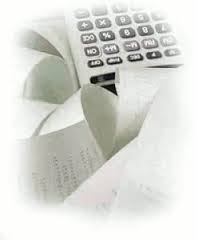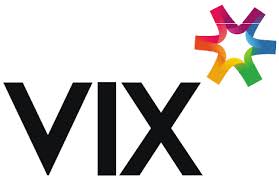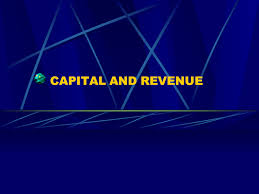It is the amount that cannot be determined with exact accuracy. It is created to meet a known liability. It is debited to P & L A/c and invested outside the business. Provision for doubtful debts, Provision for depreciation, Provision for repairs, Provision for taxation, Provision for the replacement of an asset etc. are the examples.
When goods are sold on credit then it is called a credit sale & to whom the credit sales are made called Debtors or Receivables . Good Debtors are those debtors who will certainly pay the amount of credit to the company or the firm. Bad debts are the amount that a firm or company could not get from its debtors.
Doubtful debts are those debtors from whom a company or firm might not receive money. it is a common practice of a company or a firm to make a suitable provision for doubtful debts at the time of ascertaining true profit or loss to take into account this possible loss of non payment by some debtors.
For doubtful debts. It is usually calculated as a certain percentage of the total amount due from sundry debtors after deducting or writing off all known bad debts.
Click here for government certification in Accounting, Banking & Finance





6 Comments. Leave new
Good effort!
Nice article
Great work!
good one,nicely described
Short but nicely wriiten and expressed 😀
well written…